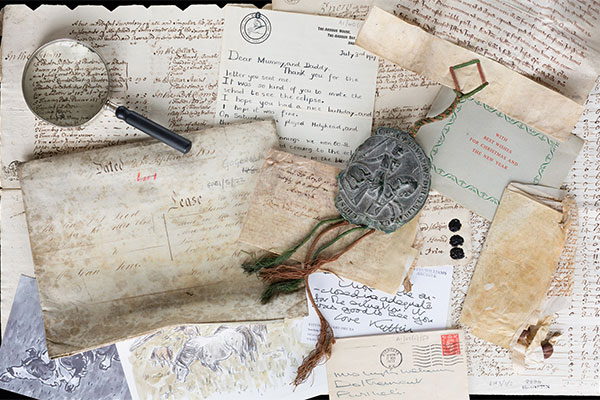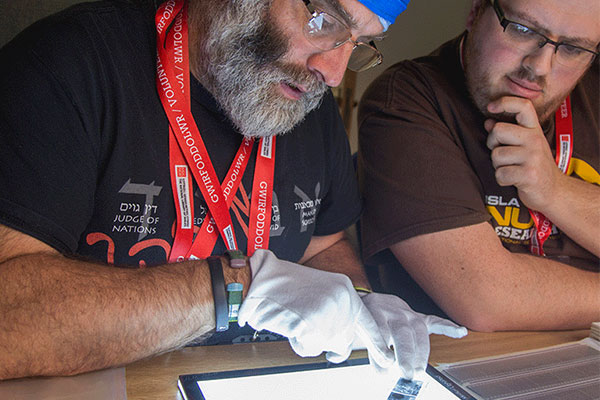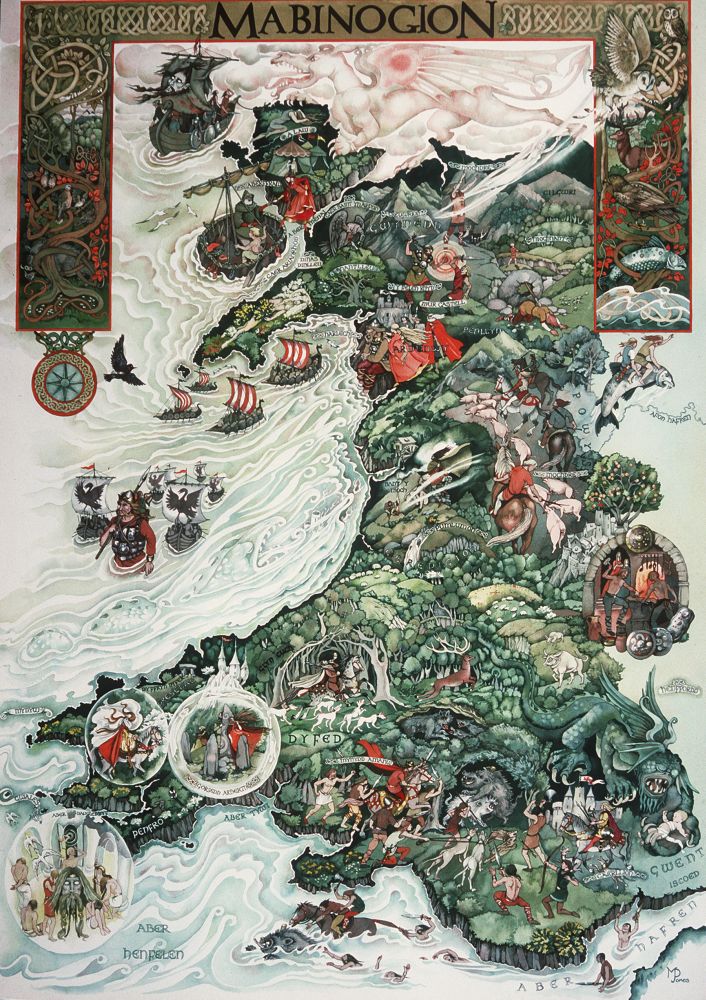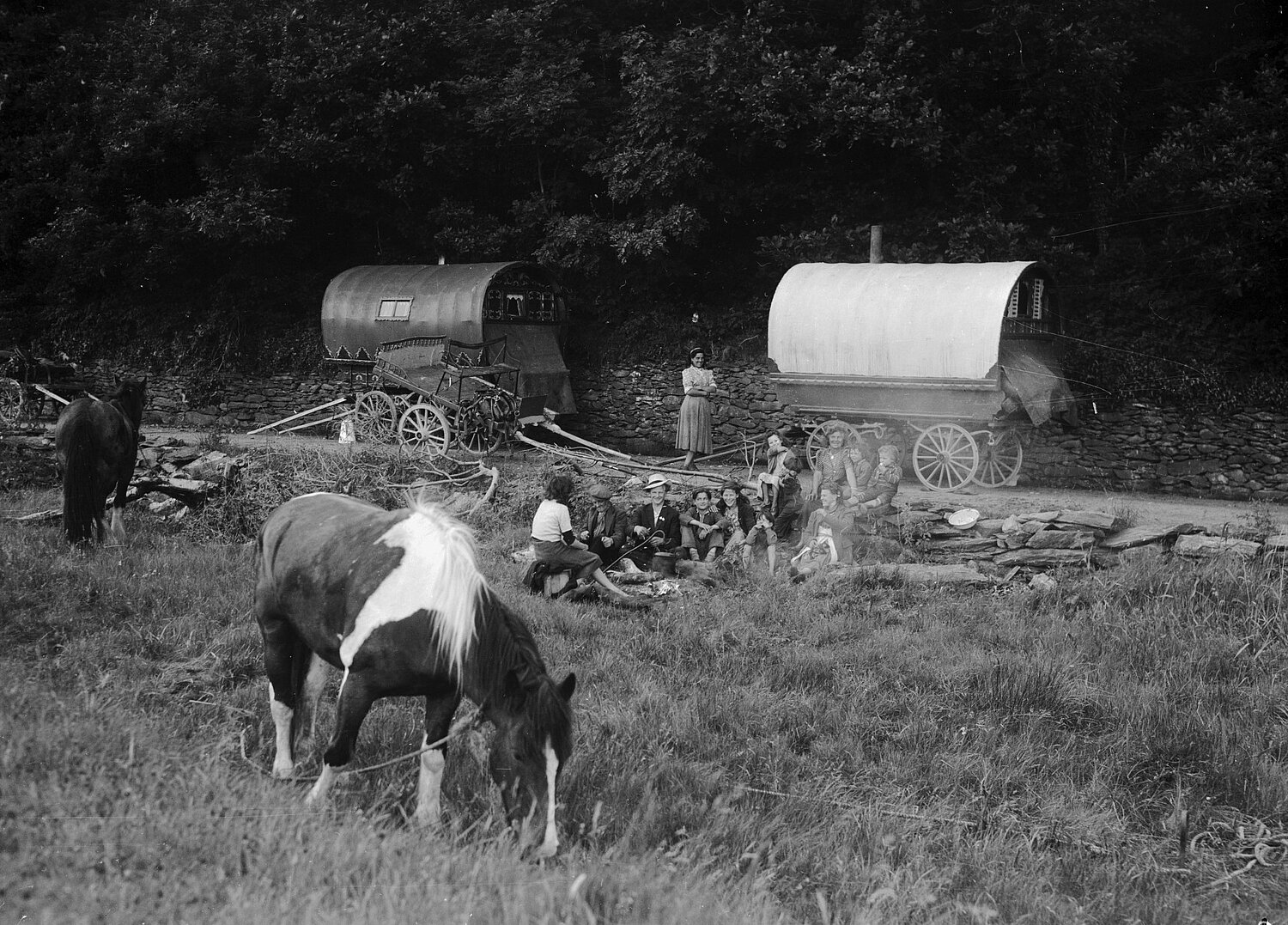Learning toolkit
Background
Wales has a long tradition of sharing stories. Before they were written down these stories were transmitted orally from one generation to the next. One person would recite the story that they had heard, and another who was listening would learn the story and recite it to others from memory, hence keeping the story alive. This page contains a small selection of folk tales that have been shared throughout Wales.
One of the most famous folk tales is the collection of medieval Welsh prose known as the Mabinogi. These are a fascinating mix of dramatic and mysterious tales of magic, tragedy, romance, fantasy, humour, betrayal, conflict, justice, adventure, morality, and human nature. There are eleven stories in all, and they include the earliest prose stories found anywhere in Britain.
Abram Wood a Romani Gypsy storyteller arrived in Wales in the 18th century and was known for sharing exciting folk tales. Most of the stories are based in the deep dark woods and feature a hero called Jack. The stories include chilling tales, full of magic, creatures of all kinds and twists and turns. Today, storytellers are still sharing variations of his stories.
Another legendary character is Twm Sion Cati, who sometimes corresponds to Robin Hood or Rob Roy. Legend tells the tale of Twm, a man of two identities. During the day, he was known as the esteemed Thomas Jones. But as night fell, he transformed into the notorious and cunning outlaw, Twm Sion Cati.
Possible questions to discuss
- What makes a good folk tale?
- How were these folk tales shared?
- How are they adapted today?
Activities and experiences
- Compare - are there similarities to some of these legends?
- Re-create - can you perform and film one of these stories?
- Share - Tell the tale out loud. Can the learners remember the story to share it again?
- Adapt - Many of these stories were adapted over the years, can the learners make small changes to the story to put their own stamp on it?
Key concepts
(derived from the statements of what matters)
Languages, Literacy and Communication
- Language and belonging
- Listen and understand
- Using imagination
- Understanding literature
Expressive Arts
- Representing personal, social and cultural identities
- Performing
- Exploring purpose and meaning
Humanities
- Social and cultural importance
- Identity
- Social similarities and differentiation









